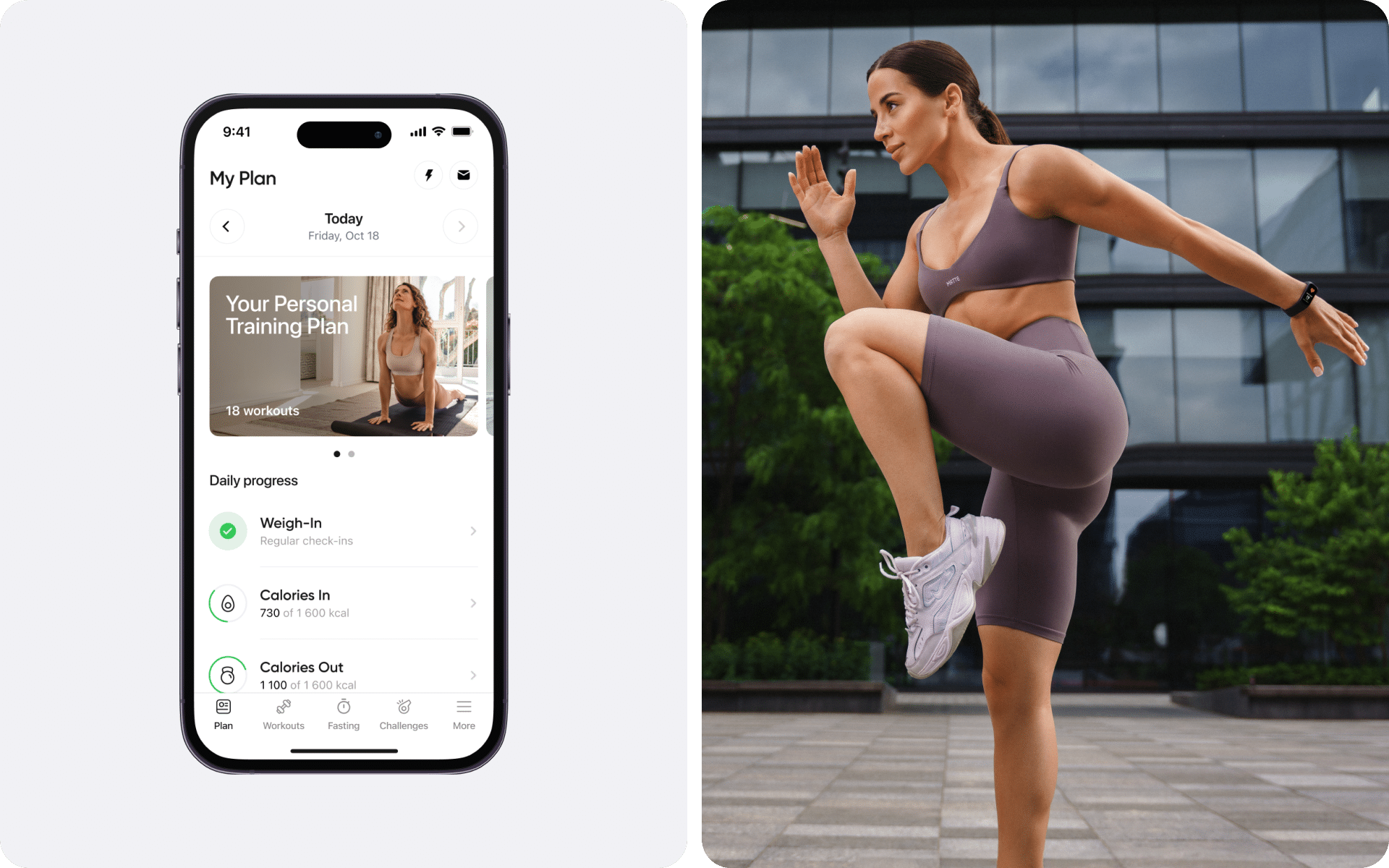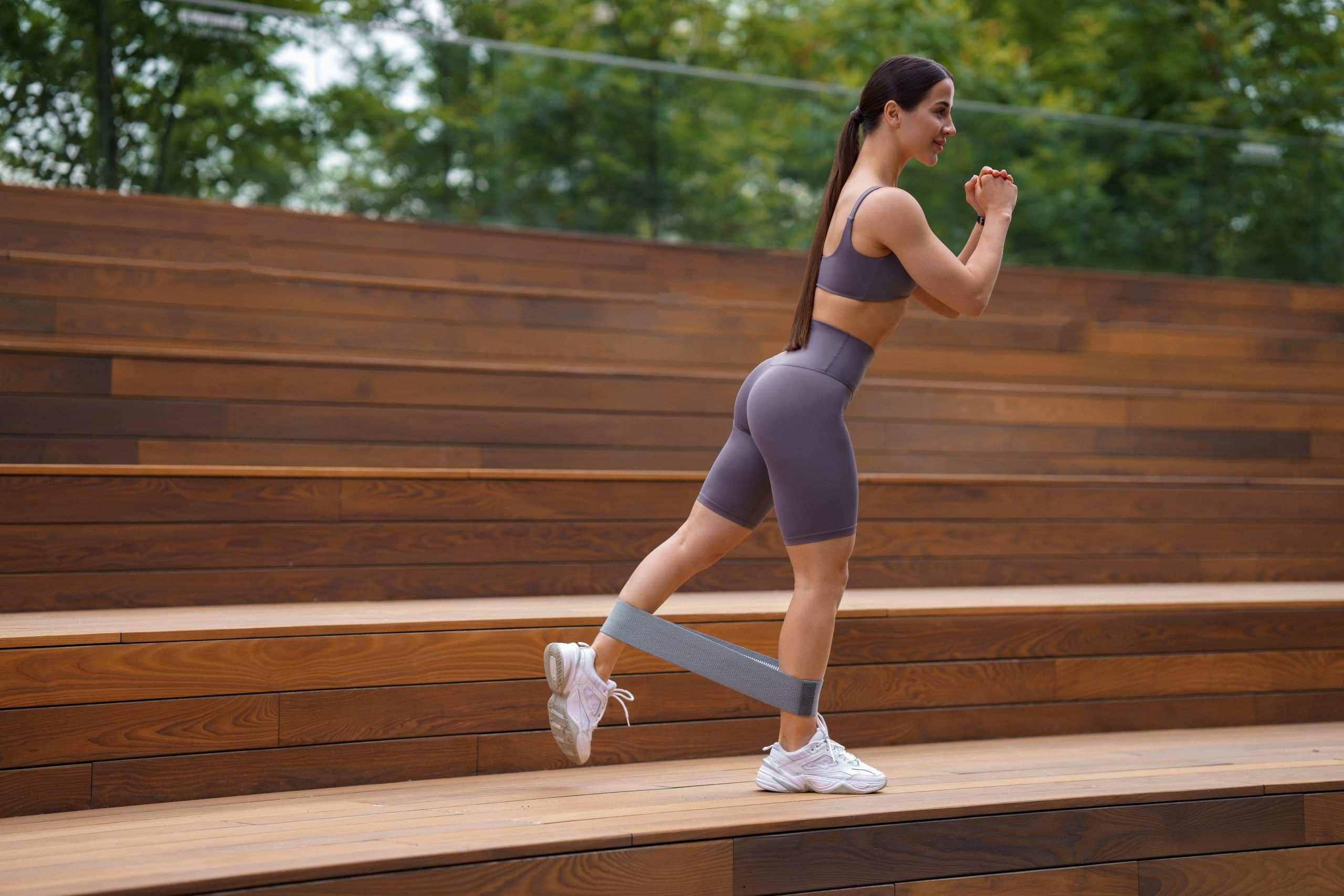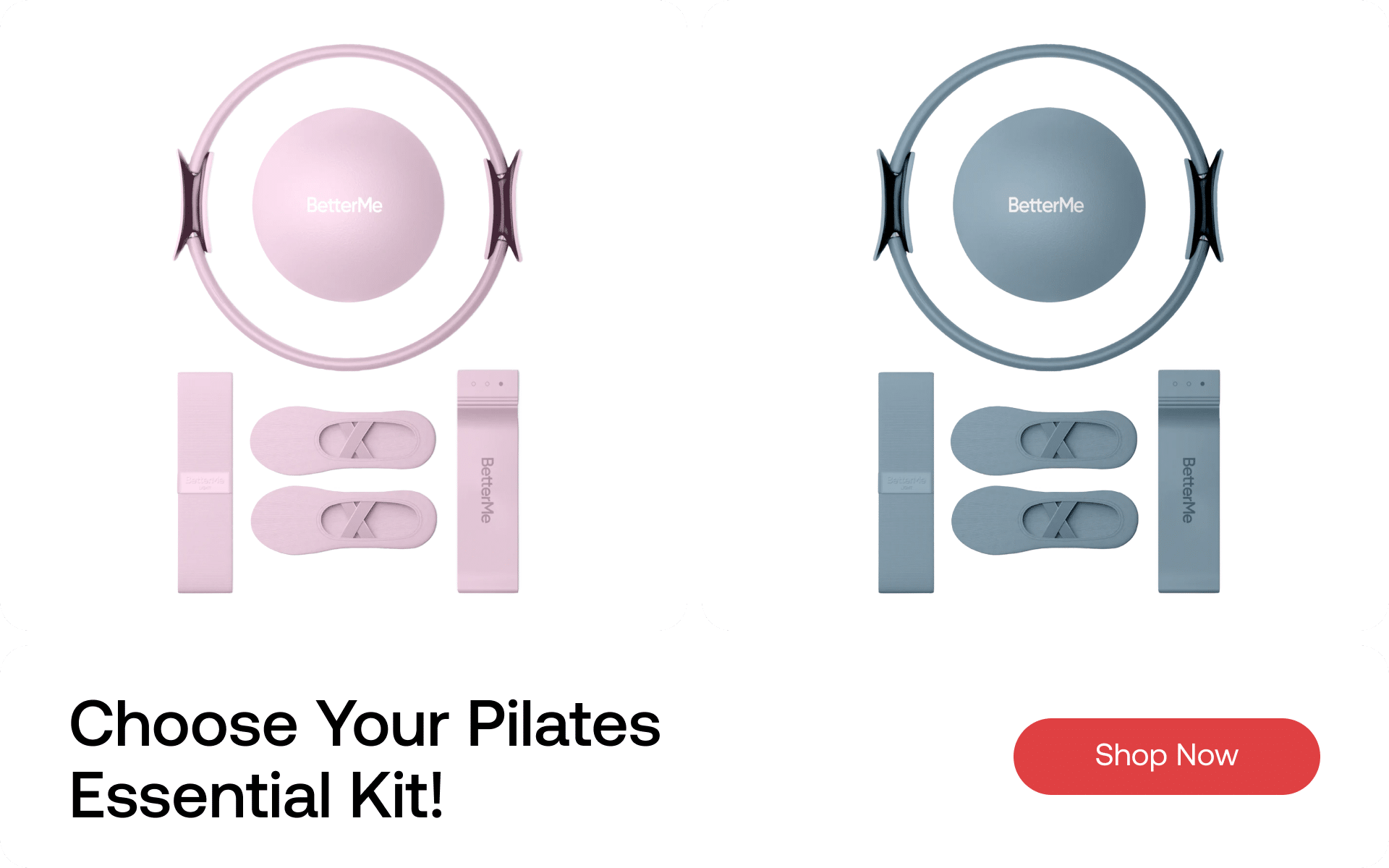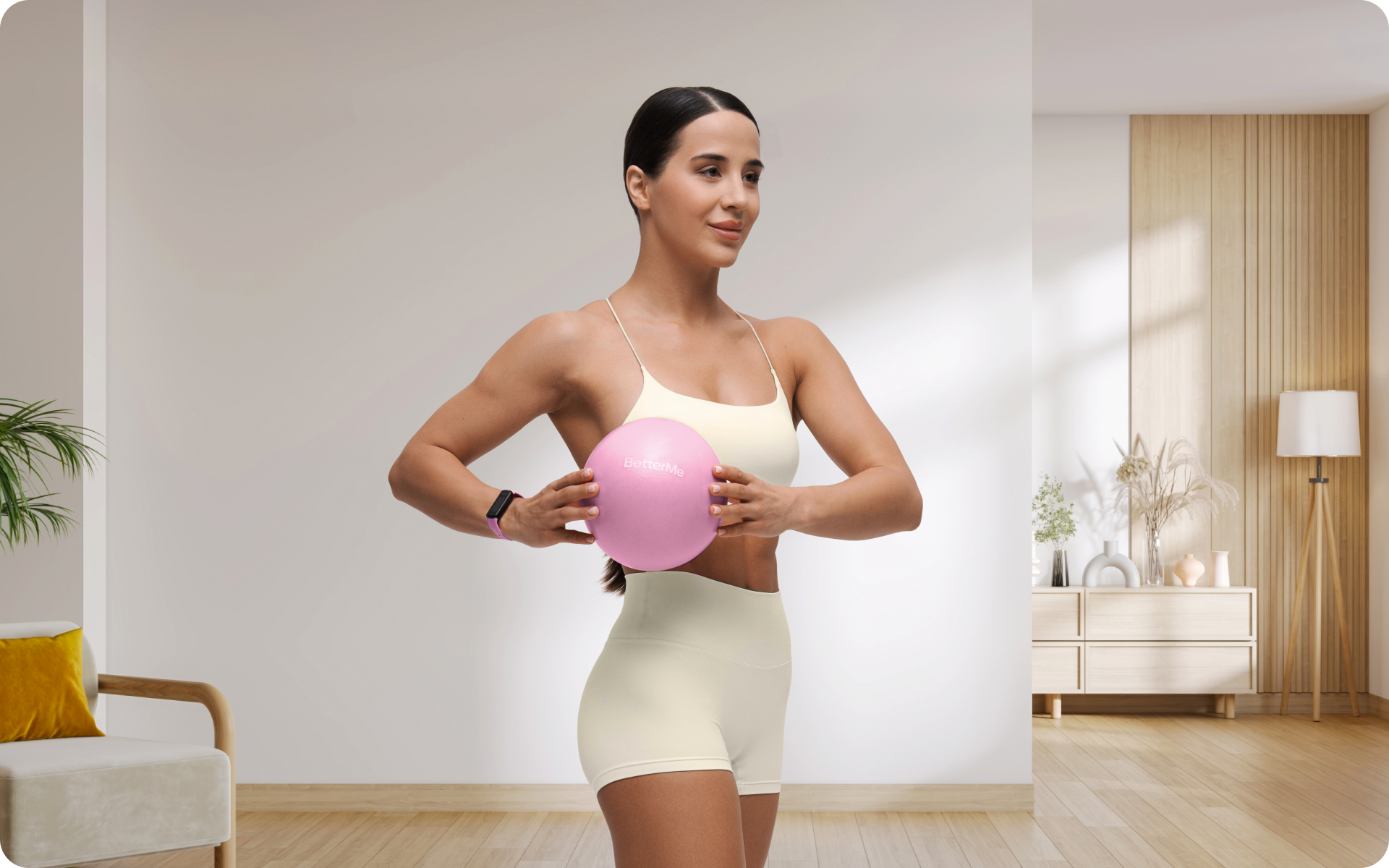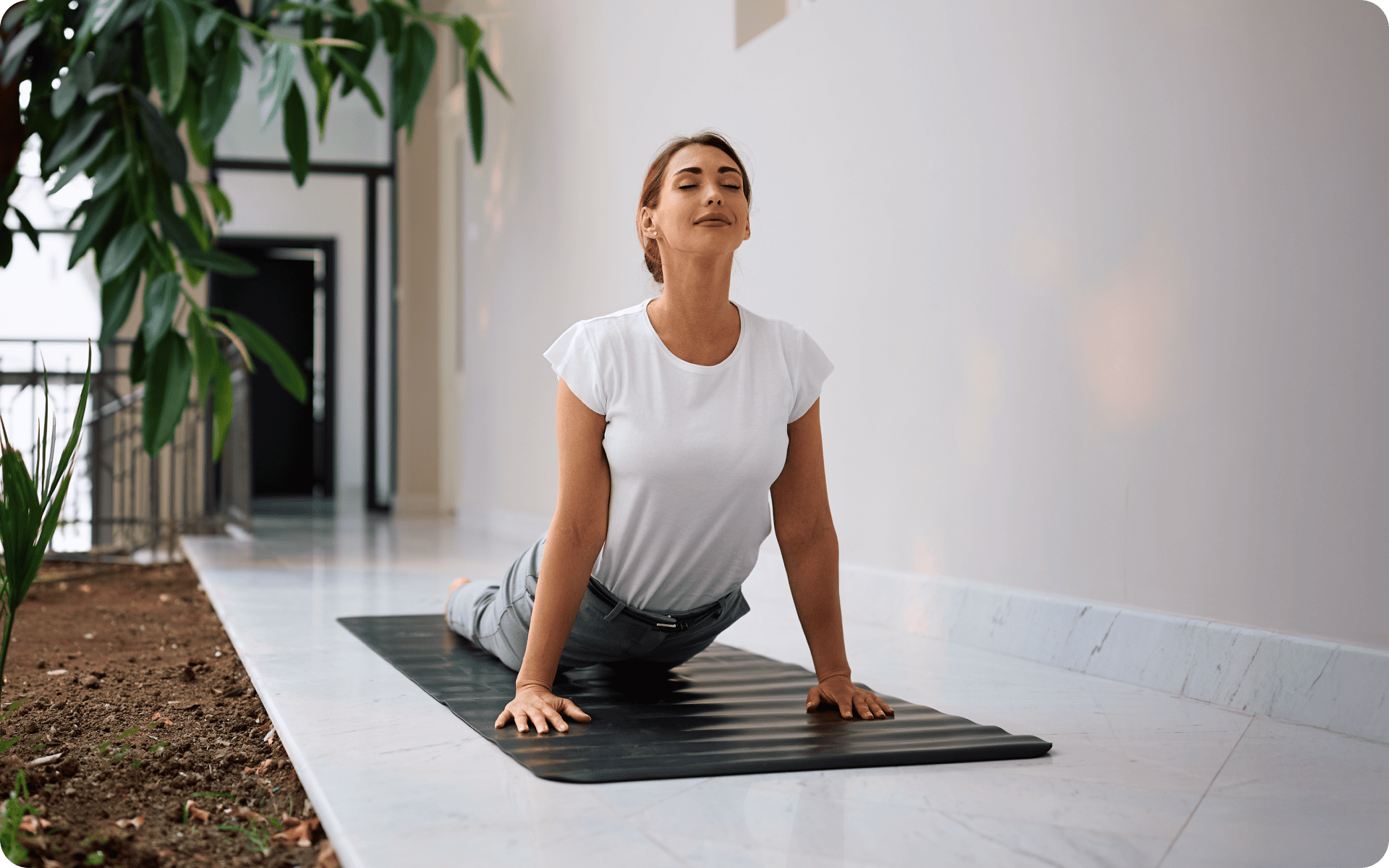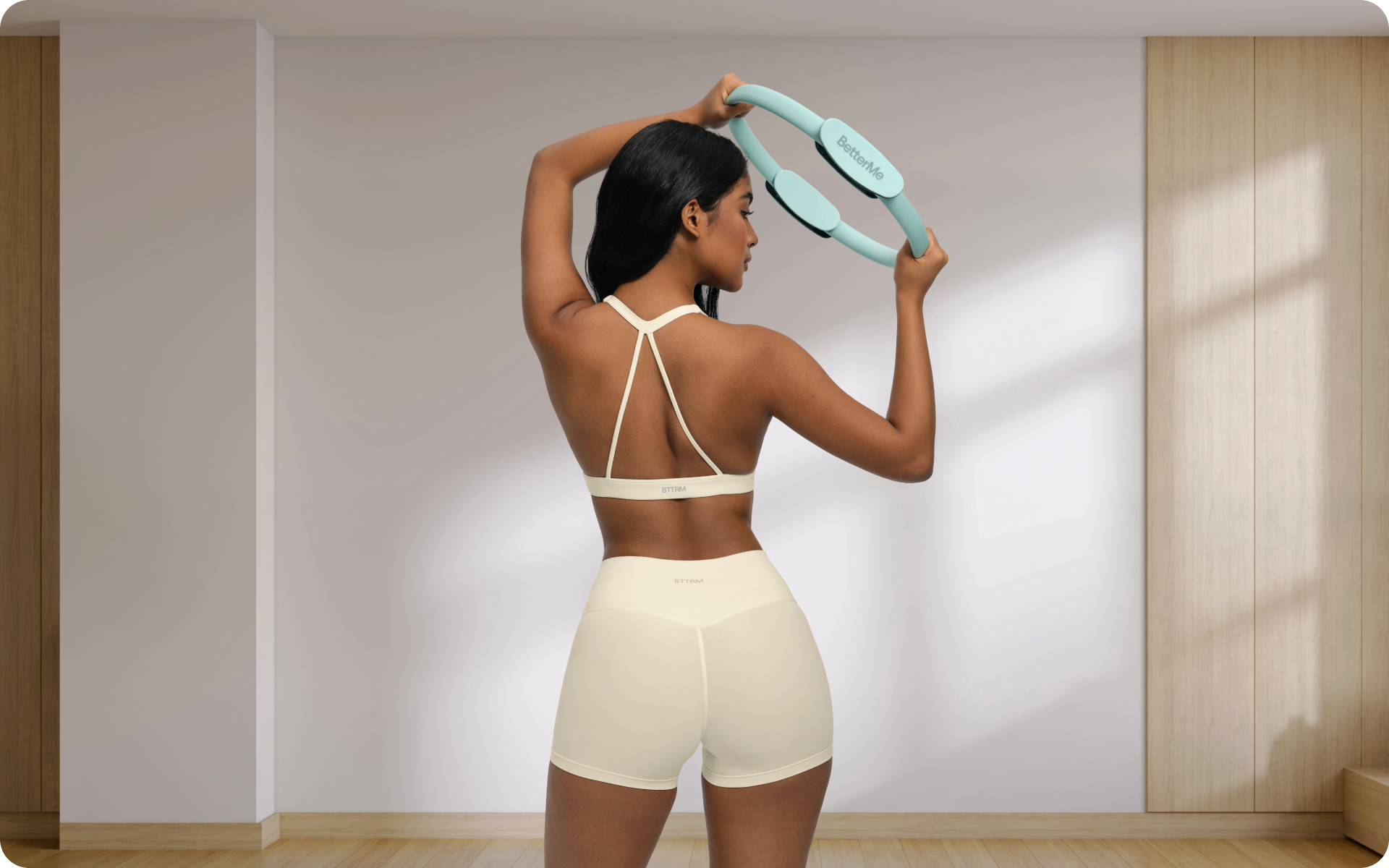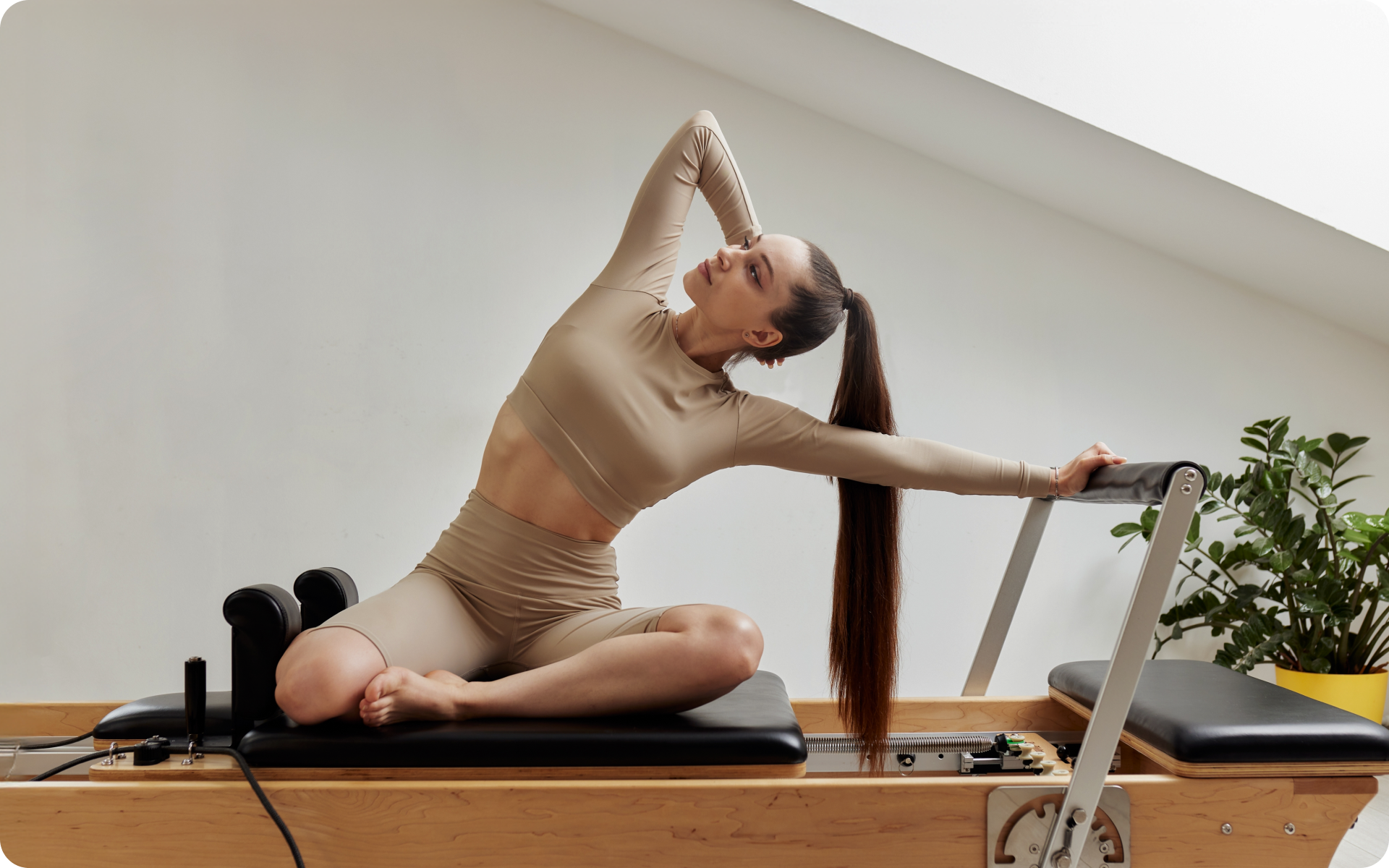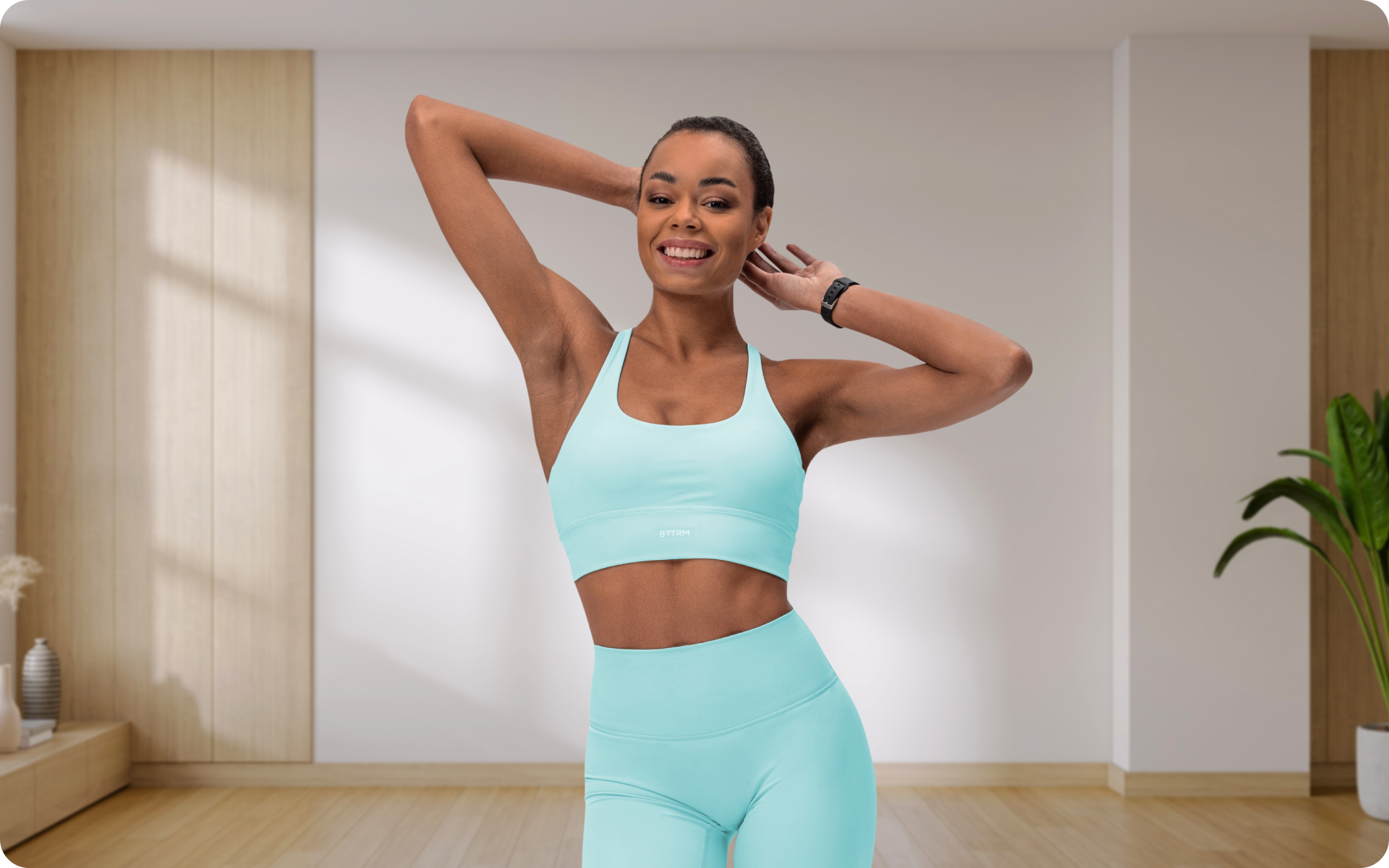Are you a runner struggling to keep up with your training regimen due to exhaustion, lack of stamina, and poor balance? It’s easy to get frustrated and demotivated when your body doesn’t cooperate with your fitness goals. What if we told you that there is a way to overcome these challenges and unlock your full running potential? The secret lies in developing core strength. A strong core doesn’t just improve your balance and posture, it can also make you run more efficiently, leading to a more enjoyable and successful running experience. In this guide, we will explore the world of Pilates and how it can help you build core strength, overcome your running obstacles, and ultimately become a stronger, fitter, and happier runner.
Does Pilates Help With Running?
Pilates can be an excellent complement to a runner’s training regimen. The benefits of Pilates for runners include:
Improved Form And Running Economy
Running economy refers to how efficiently your body moves while running. Poor form wastes energy, reduces performance and increases the risk of injury (7).
Pilates can help runners improve their form and efficiency, leading to better running performance (2). This type of exercise focuses on developing the deep muscles of the core, which is essential for maintaining proper form while running.
By strengthening these muscles, runners are able to maintain good posture and align their body correctly, leading to better energy transfer and less strain on the joints and muscles. All of these factors lead to more efficient running and better times on race day.
Peer-reviewed studies also support the benefits of Pilates for runners. For example, a study found that Pilates-based exercises can help improve balance and core stability in runners, reducing their risk of falls and injuries (8).
Other studies have shown that Pilates can improve overall running performance and decrease the likelihood of injuries by strengthening the core and improving running form (6).
Reduced Risk Of Injury
Another key benefit of Pilates for runners is injury prevention. Running is a high-impact activity that can put a lot of strain on the body, especially the knees, hips and ankles.
Pilates can help runners reduce their risk of injury by strengthening the muscles that support these joints, such as the glutes, hamstrings, and core (1). By doing so, runners can improve their running dynamics, and reduce the risks associated with overuse injuries.
Read More: If I Were You, I’d Use This Wall Pilates Program To Activate My Body’s Natural Movement Patterns
Improved Flexibility, Mobility And Posture
Pilates exercises can also help improve flexibility, mobility and posture (4). Many runners tend to have a tight and hunched upper body, which can lead to poor running form and even injury.
Pilates helps to counteract this by stretching the body, promoting better posture, and improving range of motion (4). This can help to reduce fatigue and muscle tension while running, making it easier to run longer distances.
Increased Mental Focus And Confidence
In addition to the physical benefits of Pilates for runners, there are psychological benefits as well.
Pilates requires focus and concentration, which can help runners develop a strong mental game. This will help them stay focused while running, and boost their confidence on race day.
Better Post-Run Recovery
Pilates can also help runners recover faster.
By stretching and strengthening the muscles involved in running, pilates helps to reduce soreness and speed up recovery (5). This can help runners get back on the road sooner, so they don’t have to miss workouts due to injury or fatigue.
As a rest-day activity or add-on to a runner’s regular training routine, this exercise can maintain a level of fitness that cuts down runners’ recovery time and helps them stay healthy, strong and injury-free on the road.
BetterMe app will provide you with a host of fat-frying fitness routines that’ll scare the extra pounds away and turn your body into a masterpiece! Get your life moving in the right direction with BetterMe!
What Is Better For Runners, Pilates, Or Yoga?
Both Pilates and yoga offer unique benefits for runners, and the choice between the two really depends on what the runner is looking to achieve.
Pilates is focused on developing the deep muscles of the core, which is essential for maintaining good posture and alignment while running. By strengthening these muscles, runners can improve their running form and efficiency which can lead to better running performance and a reduced risk of injury.
Pilates movements are targeted and precise and are designed to build strength and flexibility in the entire body. Pilates exercises can be modified to suit all levels, including beginners and those with existing injuries.
On the other hand, yoga is a great way to develop flexibility, increase range of motion, improve balance, and relieve stress (3). The focus in yoga is on holding poses and sequences that involve lengthening and stretching muscles and tendons.
Runners may find that yoga can help them to relax after a long or intensive run and stretch out tight muscles that can occur during running. Yoga also incorporates breathing techniques that can help to improve lung capacity and enhance mental focus.
When it comes down to Pilates versus yoga, it really depends on what the runner is looking to achieve.
Pilates can be a better choice for runners who want to develop specific strengths in their core and improve running form and efficiency.
Meanwhile, yoga may be a better option for runners who want to lengthen and stretch tight muscles, improve their balance and focus, and have a mind-body experience.
If you’re not sure where to start, it’s best to try out a few classes of each and determine which class you find more enjoyable and beneficial.
What Are Some Good Pilates Stretches For Runners?
The best Pilates exercises for runners are those that focus on building strength and stability in the core muscles. Those that target the lower body, including the hips, legs, and glutes, and help to improve flexibility can also be beneficial.
Single Leg Circles
The Single Leg Circles stretch is a Pilates exercise that targets the hip flexors and hamstrings. It is particularly useful for runners since it stretches out the muscles in these areas, which can be prone to tightness and soreness after long runs.
Step-by-step instructions:
- Lie on your back with your arms at your sides and your legs stretched out straight.
- Lift one leg straight up to the ceiling, keeping the other leg flat on the ground.
- Draw a circle in the air with your lifted leg, keeping your lower back pressed into the mat.
- Reverse the circle direction after 5 repetitions.
- Repeat on the other leg.
Read More: Make Your Own Wall Pilates Exercise Chart With Detailed Instructions For Each Type Of Exercise
Spine Stretch Forward
The Spine Stretch Forward is another Pilates exercise that’s perfect for runners. It targets the hamstrings, lower back, and upper back, all of which can become tight or fatigued after a long run.
Step-by-step instructions:
- Sit tall with your legs stretched out in front of you and your feet flexed.
- Reach your arms up overhead, straightening your spine.
- Inhale, then exhale as you hinge forward from the hips, reaching toward your toes.
- Keep your spine straight and only go as far as you can without rounding your back.
- Inhale, then exhale to lift back up to sitting.
The Swan
The Swan stretch targets the back extensors, upper, and lower back, which can all benefit runners who want to improve their posture and form.
Step-by-step instructions:
- Lie face down with your arms at your sides, palms down.
- Lengthen your spine, lifting your head, shoulders, and chest off the mat.
- Keep your legs straight and pressing into the mat.
- Lower down to the mat on an exhale.
Hip Rolls
Hip Rolls can be useful for runners as they target the muscles in the lower back, glutes, and abdominal muscles. This exercise can help to increase mobility in these areas and provide relief from muscle stiffness.
Step-by-step instructions:
- Lie on your back with your knees bent and your feet flat on the ground.
- Place your arms by your sides, palms down.
- Inhale, then exhale as you lift your hips off the mat.
- Roll your hips back down on an exhale.
- Repeat for 5-10 repetitions.
Forearm Plank
The forearm plank is an excellent core-strengthening exercise that targets the core stabilizing muscles. By strengthening these muscles, runners can improve their running form and prevent injury.
Step-by-step instructions:
- Start on your hands and knees, with your forearms on the floor.
- Straighten your legs behind you, one at a time, so you’re in a plank position.
- Keep your shoulders over your elbows, and your body in a straight line.
- Hold for 30-60 seconds before releasing.
The Hundred
The Hundred is an excellent Pilates exercise that targets the abdominal muscles, arms, and legs and can be useful for runners who want to improve their strength and conditioning.
Step-by-step instructions:
- Lie on your back with your knees bent, feet flat on the mat, and arms reaching towards the ceiling.
- Lift your head, neck, and shoulders off the mat.
- Engage your abs and extend your arms and legs, hovering them off the mat.
- Begin pumping your arms up and down, inhaling for five pumps and exhaling for five pumps.
- Repeat for a total of 100 pumps.
Leg Pull
The Leg Pull stretch targets the hamstrings, glutes, and core muscles, which can improve a runner’s running stride and form.
Step-by-step instructions:
- Start in a downward-facing dog position with your hands and feet on the mat.
- Lift one leg into the air behind you, keeping it straight and strong.
- Engage your core and keep your hips square as you raise your leg higher.
- Lower your leg back down and repeat on the other side.
Betterme will keep you laser-focused on your weight loss journey! Nutrient-packed meal plans, fat-blasting workouts, galvanizing challenges and much more. Try using the app and see for yourself!
Side Leg Lift Series
The Side Leg Lift Series targets the hips, outer thighs, and core, all of which can be useful areas to strengthen for runners.
Step-by-step instructions:
- Start lying on your side with your legs straight in line with your body.
- Place your bottom hand under your head for support and rest your other hand on the mat in front of you.
- Lift your top leg as high as you can while keeping your hips stacked.
- Lower your leg back down and repeat for 10-15 repetitions.
- Repeat on the other side.
The Teaser
The Teaser is a challenging Pilates exercise that targets the abdominal muscles, hip flexors, and quads, all of which can help runners improve their strength and stability.
Step-by-step instructions:
- Lie on your back with your knees bent and your feet flat on the mat.
- Reach your arms overhead towards your feet, keeping your shoulders away from your ears.
- Engage your abs and begin to roll up, lifting your shoulders, upper back, and legs off the mat.
- Hold for a few seconds before rolling back down.
Mermaid
The Mermaid stretch targets the hips, obliques, and back muscles, which can help runners increase their mobility and flexibility.
Step-by-step instructions:
- Sit on the mat with your legs folded to one side, and one hand on the mat behind you for support.
- Reach your other hand overhead, stretching your arm to the side.
- Inhale as you lift your arm up, stretching it over your head.
- Exhale as you curve your spine to the side, reaching your hand towards your feet.
- Inhale to lift back up to sitting and repeat on the other side.
The Bottom Line
The benefits of Pilates for runners are numerous. Pilates exercises can help runners improve their strength, stability, mobility and flexibility, all which are essential components of proper running form.
Incorporating regular Pilates exercises into a running routine can help runners stay injury-free and maximize their performance. Try the exercises above to start gaining these benefits.
DISCLAIMER:
This article is intended for general informational purposes only and does not serve to address individual circumstances. It is not a substitute for professional advice or help and should not be relied on for making any kind of decision-making. Any action taken as a direct or indirect result of the information in this article is entirely at your own risk and is your sole responsibility.
BetterMe, its content staff, and its medical advisors accept no responsibility for inaccuracies, errors, misstatements, inconsistencies, or omissions and specifically disclaim any liability, loss or risk, personal, professional or otherwise, which may be incurred as a consequence, directly or indirectly, of the use and/or application of any content.
You should always seek the advice of your physician or other qualified health provider with any questions you may have regarding a medical condition or your specific situation. Never disregard professional medical advice or delay seeking it because of BetterMe content. If you suspect or think you may have a medical emergency, call your doctor.
SOURCES:
- Anatomical Correlation of Core Muscle Activation in Different Yogic Postures (2017, nih.gov)
- Becoming A Better Runner: The Benefits of Pilates for Runners (n.d., treloarphysio.com)
- Impact of 10-weeks of yoga practice on flexibility and balance of college athletes (2016, nih.gov)
- Pilates – health benefits (n.d., betterhealth.vic.gov.au)
- Pilates 101: What It Is and Health Benefits (2023, clevelandclinic.org)
- Pilates training improves 5-km run performance by changing metabolic cost and muscle activity in trained runners (2018, nih.gov)
- Running and jogging – preventing injury (n.d., betterhealth.vic.gov.au)
- The effect of Pilates based exercise on mobility, postural stability, and balance in order to decrease fall risk in older adults (2014, pubmed.gov)



